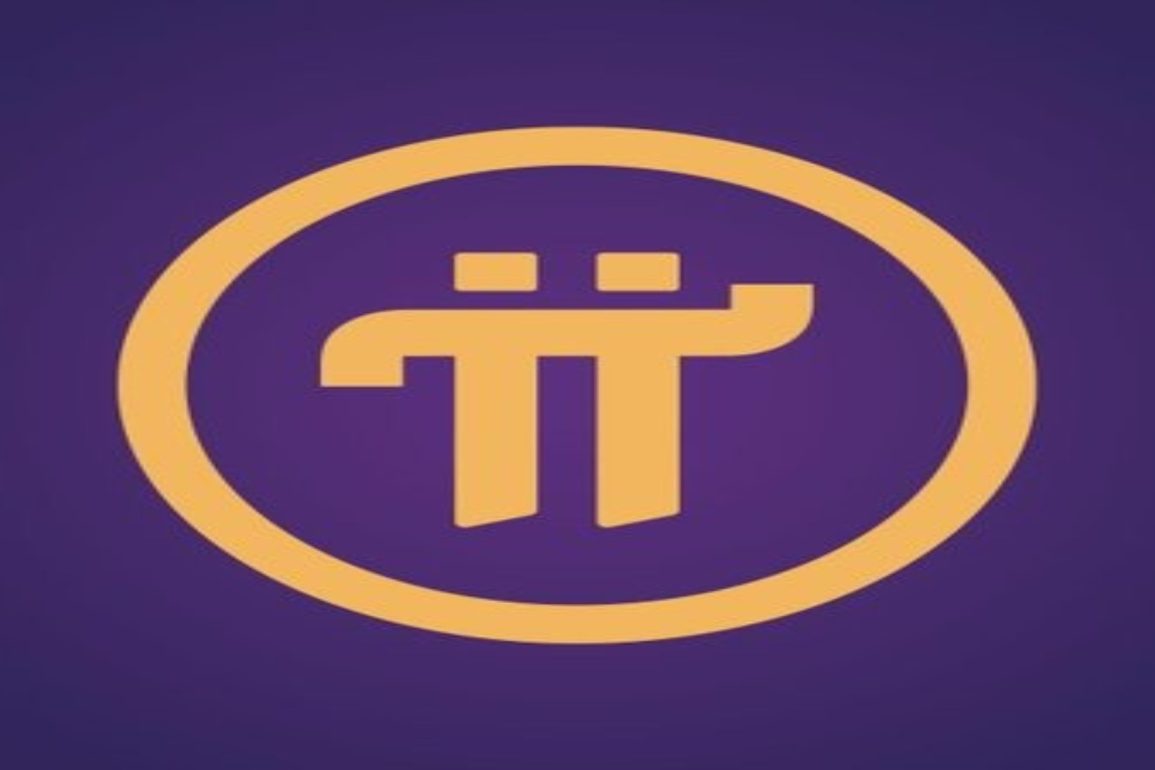- Summary:
- Pi Network is only two weeks away from its Open Mainnet launch. However, there's good reason to be hopeful but prepare for the worst.
Pi Network is nearing its deadline for mainnet migration and Pioneers are understandably anxious. Many can’t wait to see how Pi Coin will perform in open market trading conditions. The Pi Network has proven the practical application of its utilities. However, it is not easy to tell the level of demand for these utilities once the transition to the mainnet is complete.
The main utilities that will come to the Pi ecosystem via the mainnet include support for DeFi and smart contracts, peer-to-peer transactions, e-commerce and digital marketplace. Pioneers are crossing their fingers that the number of KYC’ed Pi Coin holders who have transitioned their coins to the mainnet will have hit 10 million by the January 31st deadline.
Why Pi Network Could Disappoint
Despite the hype and the palpable sentiment around Pi Network, there are genuine reasons to believe it could fail to live up to expectations. While appreciating the intricate design of the network and the relevance of utilities built on it, it has not yet been proven how different it is from similar projects.
One of the key claims by the Pi Core Team is that 27,000 merchants have already expressed their willingness to accept Pi Coin for payment. In fact, there has been speculation that e-commerce giant Amazon is also on board. If true, it could give Pi Network a substantial advantage over other cryptos, including Bitcoin. However, that number has not been verified and will only become apparent once Pioneers start using the network’s Map of Pi app.
Another major feature that Pi Network boasts of is the large number of users verified through Know Your Customer (KYC) procedures. That figure had grown past 18 million users as of December 2024. However, this is hardly unique to Pi Network and is unlikely to give it an edge.
Tools for Humanity did a similar and arguably more intricate verification through iris scans for its World Coin project. However, the hype has since cooled down. That shows verification in itself isn’t enough to attract institutions and enterprises. Instead, an asset’s actual ownership numbers in the mass market carry more weight.
The third major reason Pi Network could disappoint is the widespread trading of Pi IOU coins. While the Pi Core Team has warned that the coins are not legitimate, that has not deterred thousands of users from trading them.
The IOU coins are not real coins but sort of promissory notes by certain exchanges that enables holders to speculate on Pi Coin price. Holders of these coins will supposedly be able to swap them for real Pi Coins once the mainnet goes live and official trading begins.
The downside is that the IOU coin prices have been swinging wildly, from hundreds of dollars to a few cents. Ultimately, many holders could find themselves in deep losses once the genuine Pi Coins start trading. That could create a sour sentiment around the Pi Network and subdue its growth. Also, it could trigger massive dumping of Pi Coin if its launch price is significantly lower than the IOU coins. The Pi Network IOU coins trade at $47.84 as of this writing.


